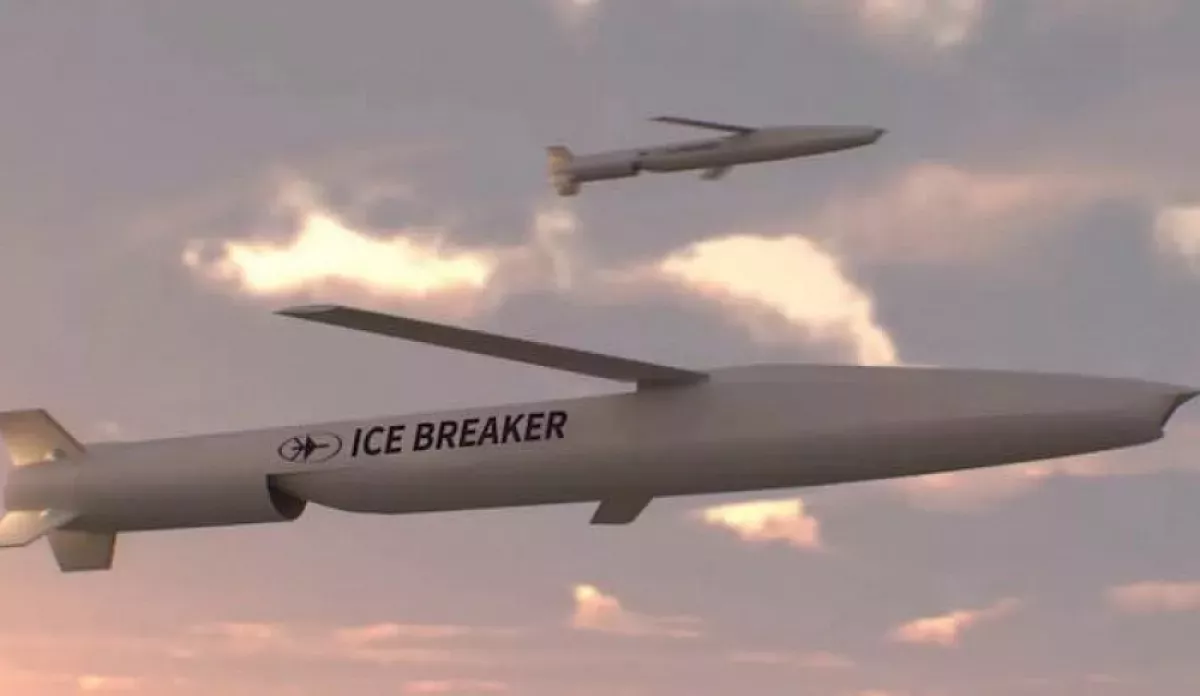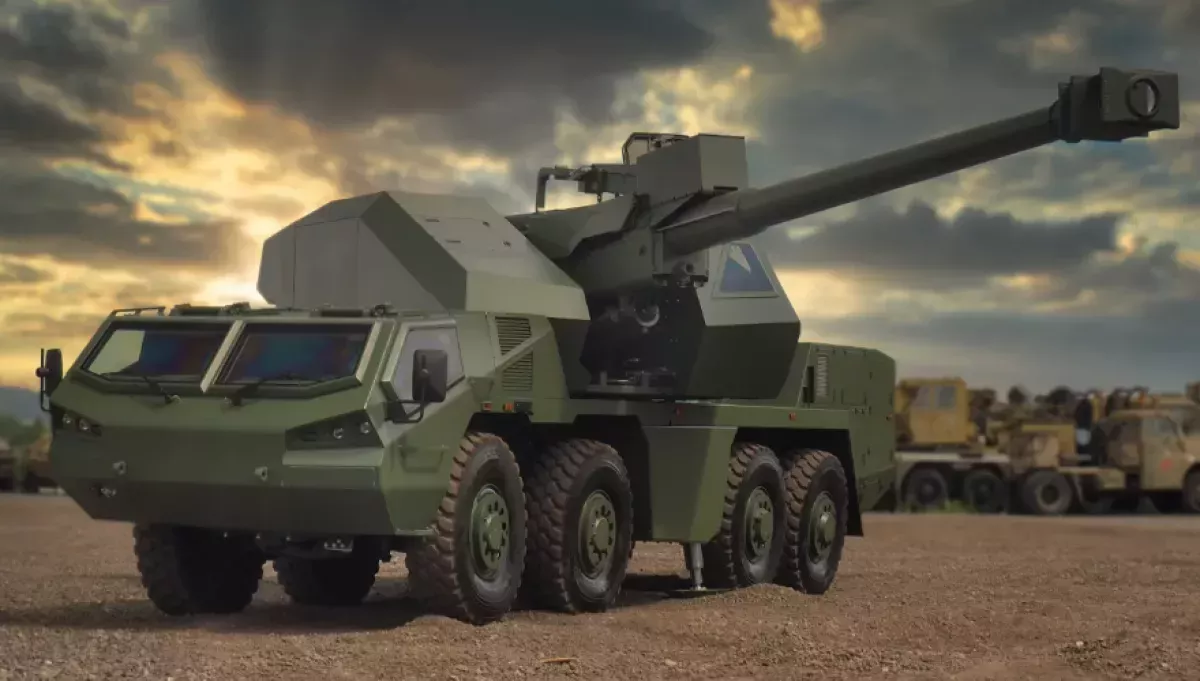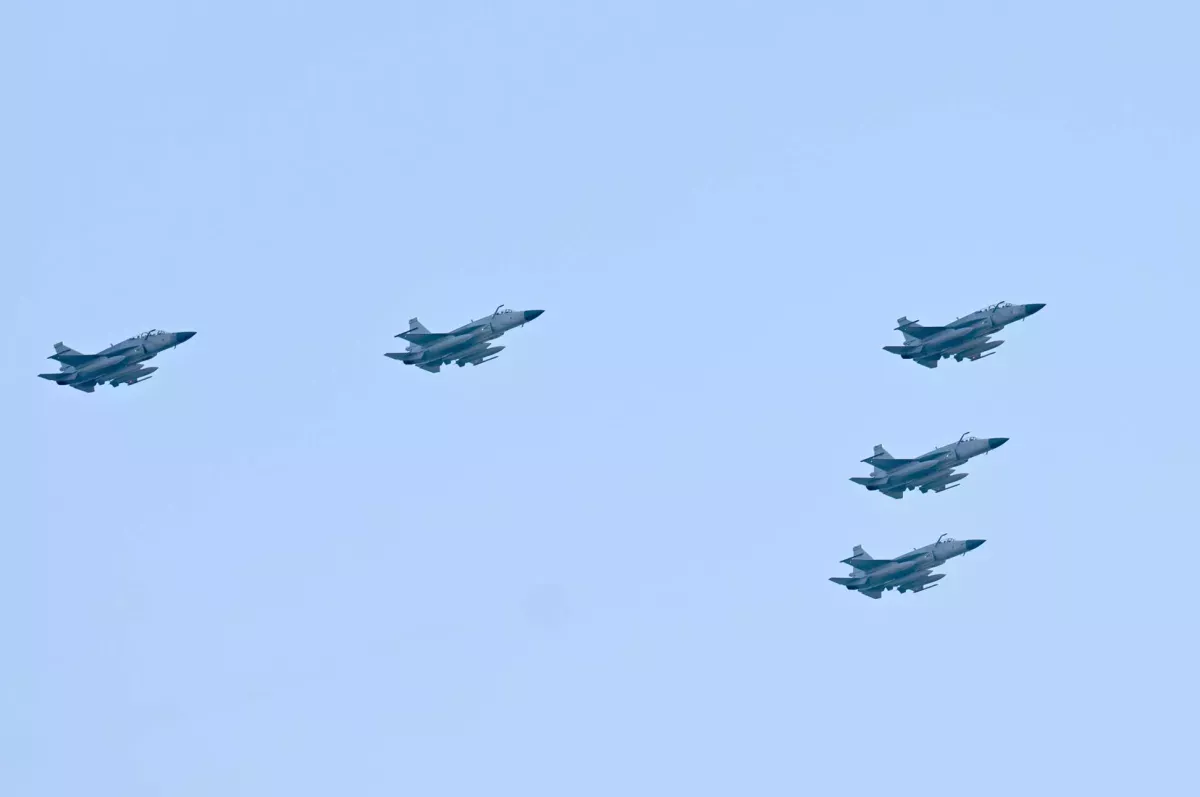Military parade in Baku and weapons of deterrence Showing off modernised arsenal
The military parade in Baku demonstrated the transformation of the Azerbaijani army after modernisation: structured, technologically advanced, and capable of executing long-range operations without resorting to exhausting positional warfare.
One of the parade’s most striking features was the fifth-generation ICEBREAKER anti-ship cruise missile system. For Azerbaijan, its public display effectively confirmed the system’s existence and highlighted the creation of a robust barrier on the maritime flank, significantly enhancing coastal defence capabilities. Its low-altitude flight profile, thermal guidance, and autonomous target recognition allow it to strike both surface vessels and coastal targets while minimising exposure to detection.

In essence, ICEBREAKER is a long-range precision strike system that restricts an adversary’s manoeuvring options in coastal areas and establishes an effective strategic deterrent on the maritime front.
The second key component is artillery. The self-propelled DITA system, a modern 155mm platform with advanced automated fire control, shows that artillery is no longer a “slow” instrument. With automated loading, built-in ballistic navigation (INS/GPS), and a digital fire control system, it becomes a fast and precise “shoot-and-scoot” tool when integrated into a unified targeting network: it receives coordinates from UAVs or reconnaissance units in real time, fires guided munitions, and relocates before the enemy can respond with counter-battery fire.

Combined with mobile DANA (152mm) and NORA (155mm) systems, capable of rapid deployment and remote control, and the heavy long-range 203mm 2S7 “Pion,” this creates a fire network able to destroy fortified positions, ammunition depots, and command posts deep in enemy defences. The keys to effectiveness are network-centric coordination, a unified operational picture, the use of guided munitions, and minimal vulnerability due to the “shoot-and-scoot” approach. By integrating automated self-propelled artillery with operational reconnaissance, artillery becomes a strategic instrument for precision strikes and deterrence, not just infantry support.
The third focus is aviation and drone strikes. The Bayraktar Akıncı, as a heavy strike platform, combined with loitering munitions like the Harop and SkyStriker, embodies a “first strike” concept against critical enemy assets: radar installations, command posts, air defence crews, and targeting nodes. The goal is to neutralise or degrade the adversary’s “eyes and brains” before ground forces reach the frontlines. Strike UAVs and loitering munitions allow for precise, low-risk attacks, making the “detect-strike” cycle as short as possible.
The new JF-17 Block 3 fighter jets complement this cycle. As multirole aircraft with modern targeting systems and advanced avionics, they enable airspace control, interception, and high-precision strikes at greater speeds and distances than light attack UAVs.

Paired with heavy drones and targeting systems, the JF-17 enhances flexibility and reaction speed: a single aircraft can simultaneously intercept, suppress air defences, and strike enemy infrastructure where more firepower or speed is required.
Finally, Azerbaijan’s layered air defence forms a comprehensive shield. The S-300, Barak-8, HQ-9 BE, Buk, and S-125 TM systems, alongside short-range assets like Tor-2M and Vikinq, create a multi-tiered defence. Barak-8 and other modern systems cover strategic depth, mid-tier systems such as Buk and modernised S-125 TM cover the operational horizon, while Tor-2M, Shilka, and Vikinq handle local protection against small and low-flying threats.

Special attention goes to the Chinese HQ-9 BE system, capable of intercepting targets at ranges of hundreds of kilometres (estimates up to ~200–250 km) and engaging a wide array of aerial threats, including aircraft, helicopters, and tactical missiles.
The integration of long-range systems like HQ-9 BE with Barak-8 and Buk makes sudden, massed attacks highly risky: attackers must commit to complex and costly strike waves with significant material losses. For defenders, this architecture raises the cost of aggression and provides crucial time to react and deploy countermeasures.
It’s important to note that the displayed equipment represents only a portion of Azerbaijan’s arsenal. Many systems were not shown, a standard practice: what is displayed is no longer secret but sends a clear signal. The message is unmistakable: any act of aggression will be met with immediate response. This is the essence of modern deterrence—strength is not for war, but to prevent it.

The parade also highlighted personnel developments in the Azerbaijani Armed Forces. At the start of the 44-day Patriotic War, special forces numbered around 2,000. On November 8, 4,000 trained special forces troops marched on the parade ground alone. This underscores the army’s focus on professionalism, mobile operations, tactical intelligence, and precise mission execution without unnecessary losses.
A strong state equals a strong army. More importantly, a strong army guarantees peace. The November 8 parade confirmed that Azerbaijan possesses all the elements of a modern defence model—from skilled personnel to precision weaponry.








